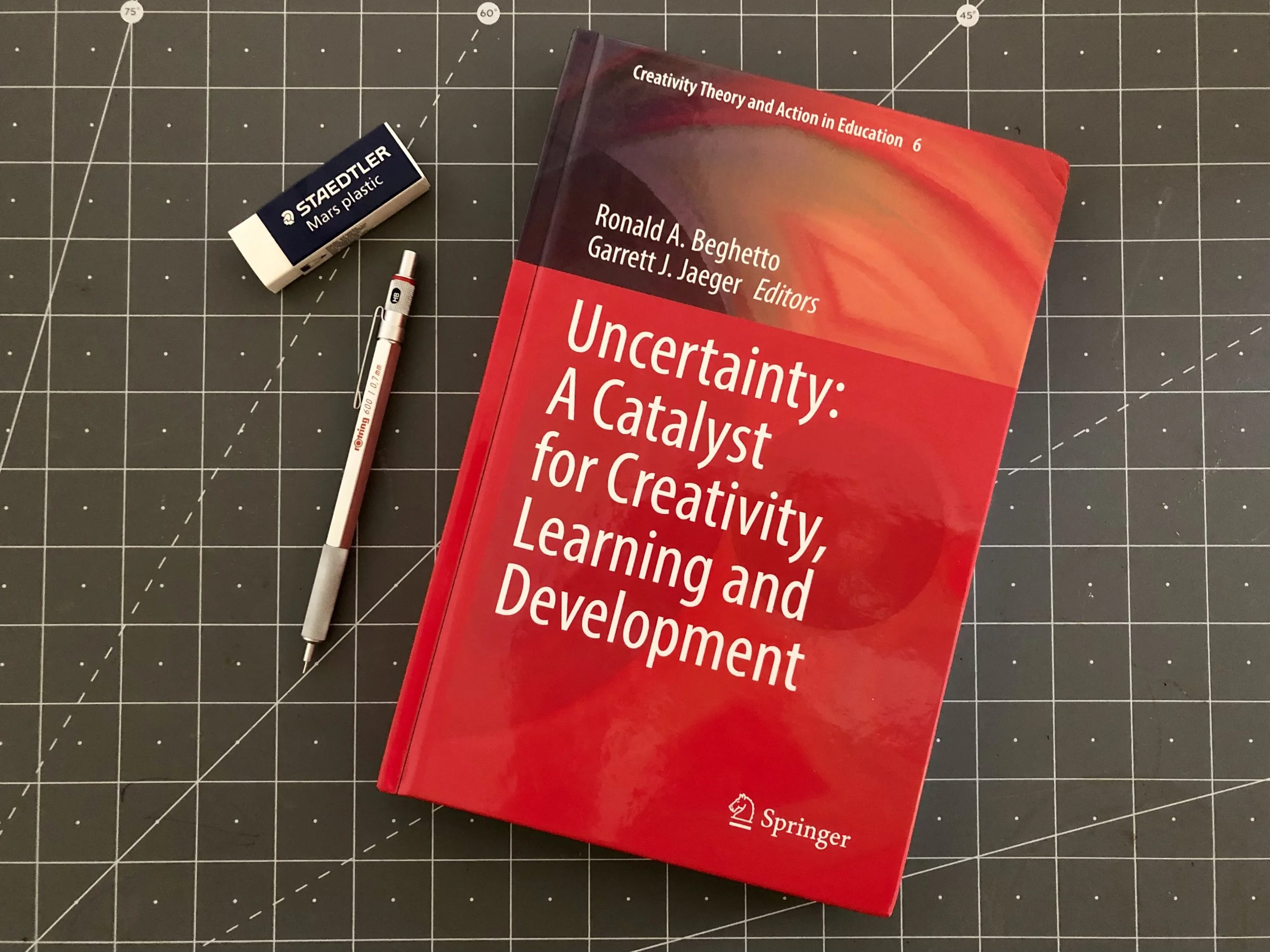“There has never been a time of greater promise, or greater peril ”
How can the educational system shift to a proactive–participant model in exploring the adjacent possible ushered in through the inherent uncertainty of the Fourth Industrial Revolution? How can we look to historical patterns of disruption to gain insights into the challenges of preparing for future uncertainties? How can all of this lend itself to a more sustainable futures? Find out in the ‘exciting’ new book chapter referenced below that was published in Uncertainty: A Catalyst for Creativity, Learning and Development (edited by Beghetto and Jaeger)
We (Punya Mishra, Ben Scragg, and I) invite you to read along through our recently published book chapter and join the conversation around this growing field of inquiry in educational futures and futures thinking.
[APA Citation]
Leahy, S.M., Scragg, B., Mishra, P. (2022). Creatively Confronting the Adjacent Possible: Educational Leadership and the Fourth Industrial Revolution. In: Beghetto, R.A., Jaeger, G.J. (eds) Uncertainty: A Catalyst for Creativity, Learning and Development . Creativity Theory and Action in Education, vol 6. Springer, Cham. https://doi.org/10.1007/978-3-030-98729-9_17
Abstract
In this chapter we explore the unknown possibilities that lie in the shadows of disruptions and innovations known as the adjacent possible. We frame the challenges educational leaders face when trying to prepare for an increasingly volatile, uncertain, complex, and ambiguous world that is propelled into the Fourth Industrial Revolution imbued with rapidly changing and unevenly distributed technological proliferation. Throughout our chapter, we offer strategic mindsets in design and futures thinking to combat the growing challenges of preparing educational systems that are rife with existing deep and complexly interwoven wicked problems for uncertainty. We propose that looking to the past, we can discover insights into meta-patterns and the ways we failed to predict the futures that emerged from previous discoveries and innovations. Using this frame, we discuss the potential of combining the interconnected mindsets of futures thinking and design, not to predict the future, but to prepare our educational systems for the uncertainty of the future.

